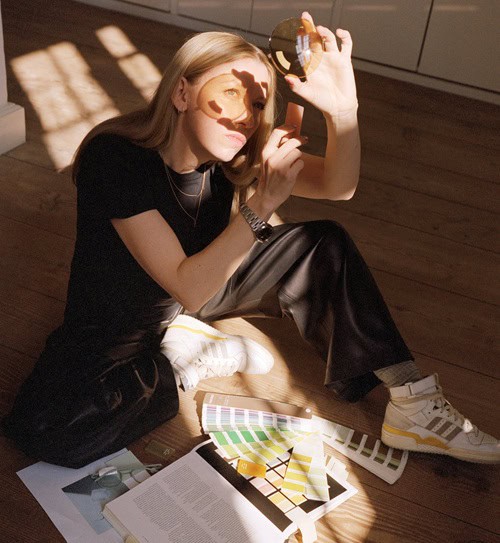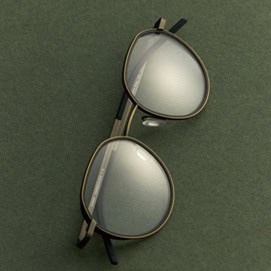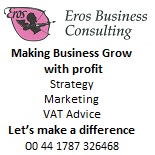New products and Services
The Art of Colour Persuasion


The Art of Colour Persuasion
Explianed by Sahra Lysell, Ørgreen Colourist and Founder

Designing colours for different markets isn’t a game of copy-and-paste. If it were, we’d all be adrift in a sea of beige. Instead, it’s a process of cultural listening, iterative refinement, and — let’s be honest — a bit of strategic persuasion.
“It’s a balance between intuition and evidence, between design instinct and cold, hard numbers,” says Sahra Lysell, Ørgreen Colourist and Founder. And when it comes to gold —oh, gold! — the nuances are everything. “Across our presence in Asia, the shade that delights in Tokyo might not quite land in Bangkok, and Korea has its own preferences altogether.” Women’s eyewear, in particular, is a masterclass in getting these subtleties right.
Then there’s the art of the slow introduction. Great design isn’t just about meeting expectations; it’s also about guiding them toward what they didn’t yet realize they needed.
Of course, we don’t throw neon at a market that prefers neutrals, but we still want our colour palette to whisper its way in. A delicate jade green instead of an aggressive emerald. A warm, almost imperceptible rose rather than a jarring pink. Design, after all, is storytelling, and some stories need a gentle beginning before they reach their crescendo.”

Materials add another layer to this colour conversation. The introduction of the matte polyamide ring into our sleek thin metal line, IMAGINARY LINES, elevated this feature from industrial to artful, from function to adornment. And then there’s North America — a market where eyewear is equally chosen in medical settings and highly creative boutiques, shaping a dynamic balance between function and expression.
Here, retail operates differently, meaning collections need to be structured with this in mind,” says Sahra. The eternal request? More colour. The reality? Sales figures consistently favour neutrals. ““It’s a paradox we navigate with precision — offering just
enough vibrancy to excite, but not so much that it sits on the shelf gathering dust.”
At the heart of it all, our approach is one of evolution, not revolution. Subtle shifts rather than seismic shocks. Because the best design doesn’t scream for attention—it earns it, with quiet confidence and enduring relevance.























